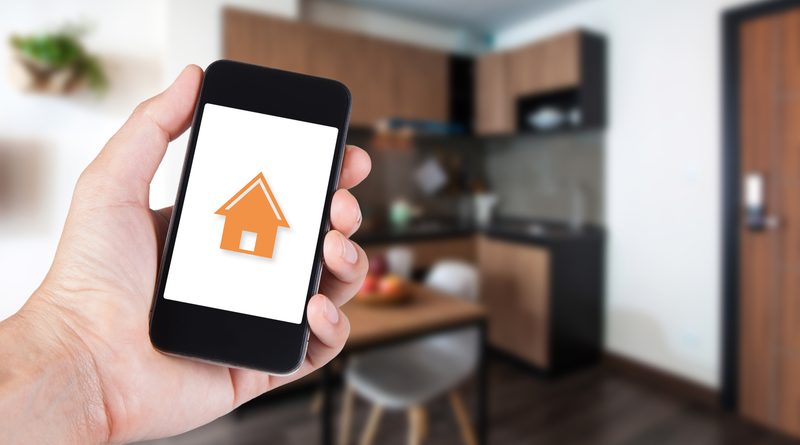Could Augmented Reality Be the Future of Home Automation?
Due to the rapid advancement of technology, life is becoming simpler and seamless, and people depend on different devices in their everyday activities. Augmented Reality (AR) is one of the recent technologies that have been gaining populace in various industries such as advertising, emergency services, architecture etc.
What is Augmented Reality?
It is the integration of the real-world environment with digital information across a variety of sensory modalities. There is a significant difference between virtual reality (VR) and augmented reality (VR), although they are mostly used interchangeably. VR creates an artificial environment while AR overlays digital information on an existing environment. AR introduces components of the digital world into real worlds to provide enhanced experiences. It helps to manipulate the surrounding real world through digital means.
The main components of the technology include a processor, display, and sensors. Nowadays, AR has been integrated into computing applications that can be accessed through mobile devices such as smartphones and tablets. On the other hand, some of the technologies that have been used to render AR include optical projections, handheld devices and display systems. The head-mounted display (HMD) is of the most common display devices and is worn on the forehead, similar to the harness. It places augmented reality images on the user’s field view. Advanced HDMs aligns virtual information with the real environment and adjusts according to the movement of the user.
Interaction Design
Interaction design is aimed at improving the user’s experience with the end product. AR relies on the user’s input, and therefore interaction design organizes the information provided to eliminate confusion. One of the commonly used techniques is identifying the commonly accessed areas in the touch display and aligns the application to control areas.
The structuring of the information presented reduces the cognitive load of the system and significantly improves the user’s experience. This has enabled the integration of AR technologies with home automation. For instance, AR allows users to create virtual buttons that can be connected to devices. You can place the virtual button anywhere and use it as a smart remote control for your devices through WIFI connectivity. Advanced technology can learn your behavior and anticipate your actions.
With augmented reality, you can also virtually control many functions of your home using your phone, such as smart lighting. Voice assistants such as Amazon Alexa and Google Home allow users to connect with home appliances with a command such as, “Alexa, turn on the bedroom light.” These technologies can be used to assist users in other tasks such as streaming podcasts, providing weather updates, and music playbacks.
Other AR technologies allow you to control your devices using your phone camera. The technology enables you to virtually control smart devices in your room by just pointing at them with the phone’s camera.
Want to learn more about the latest technology and how it will impact your life? Check out more of our technology articles!




“Your style is so unique in comparison to other people I’ve read
stuff from. Thanks for posting when you hav the opportunity,
Guess I will just bookmark this page.”